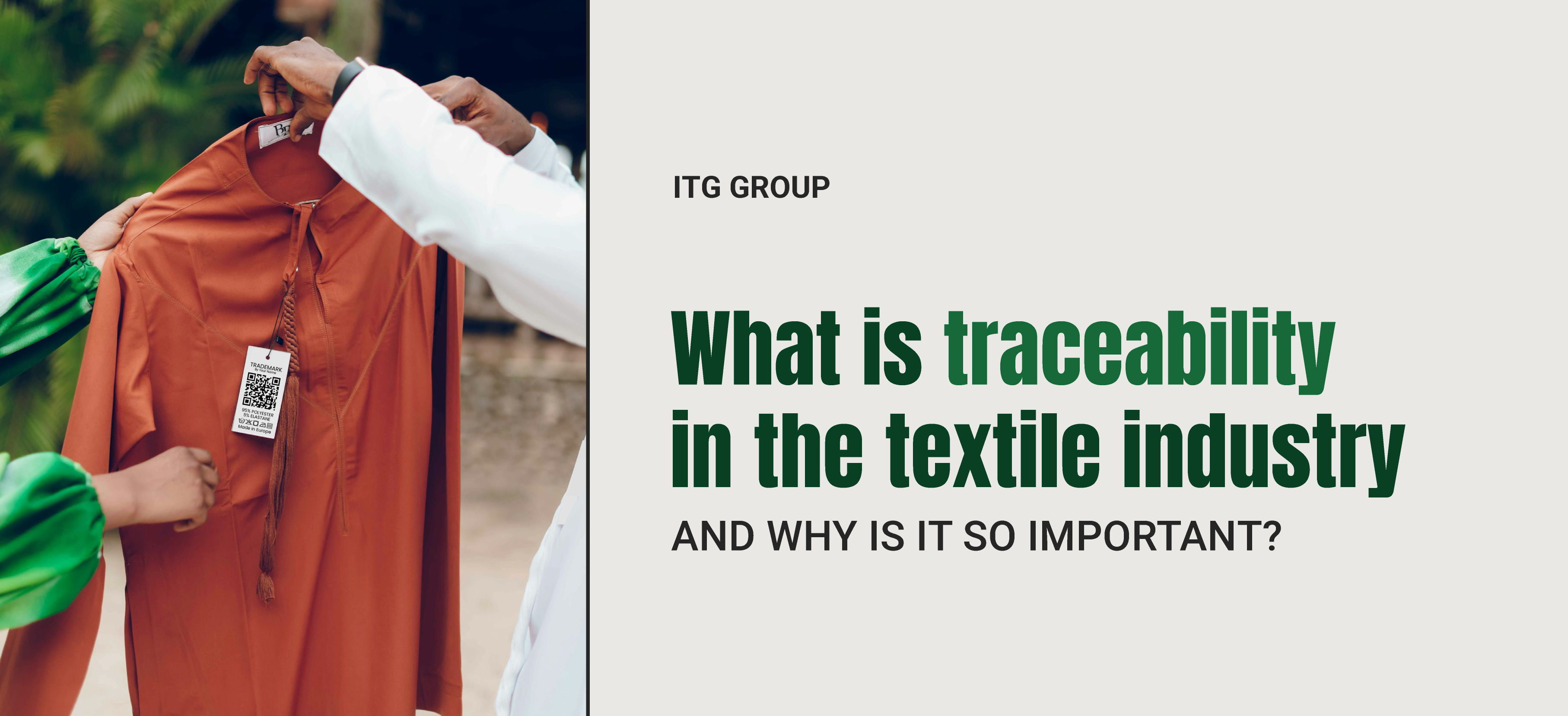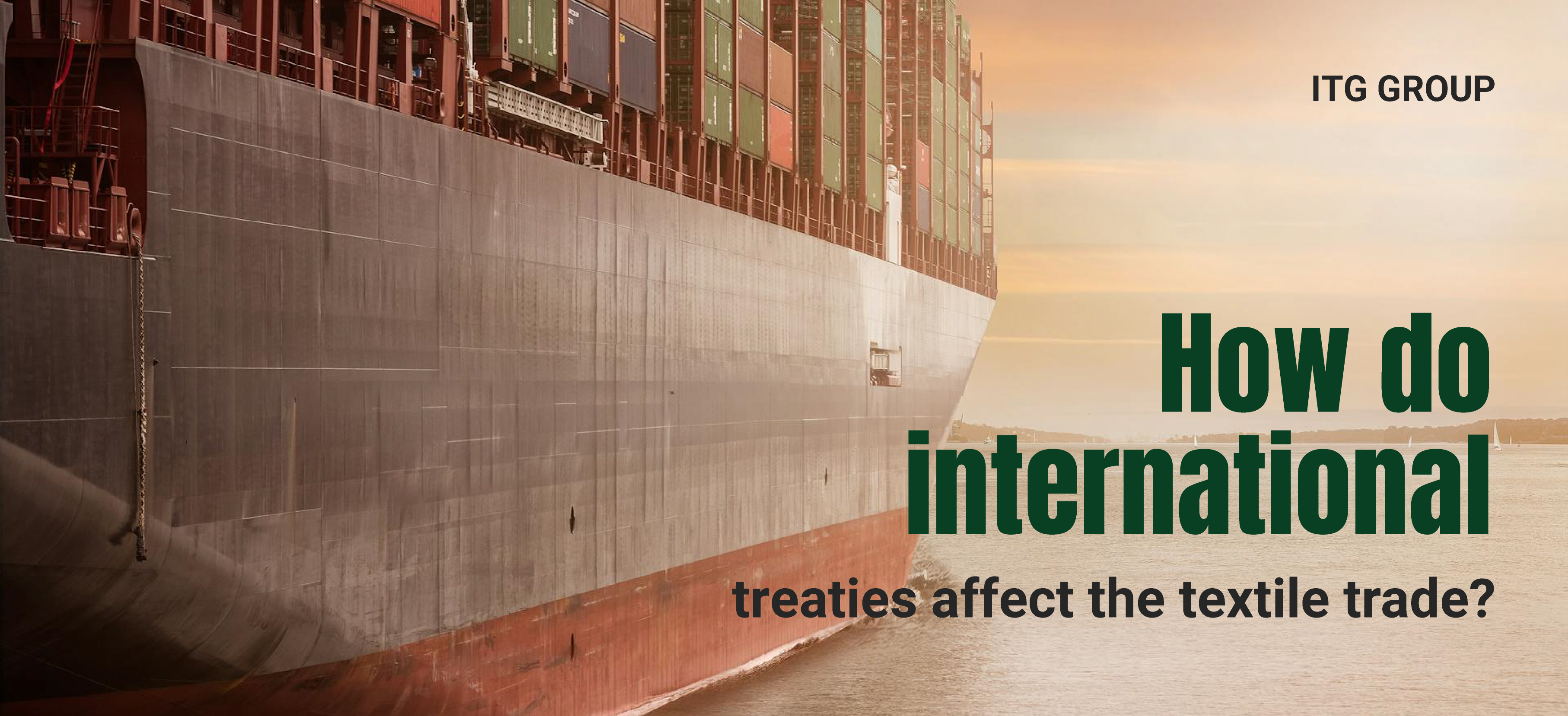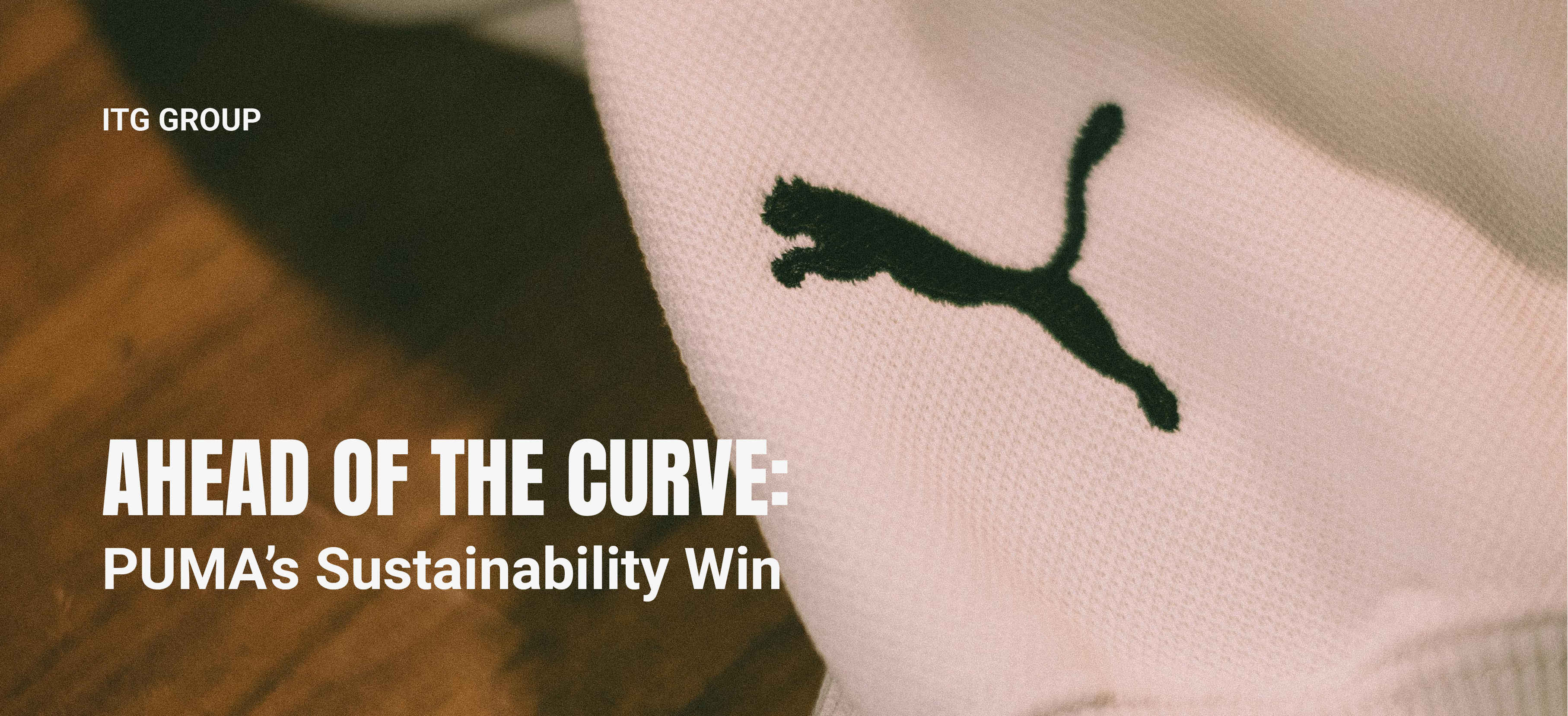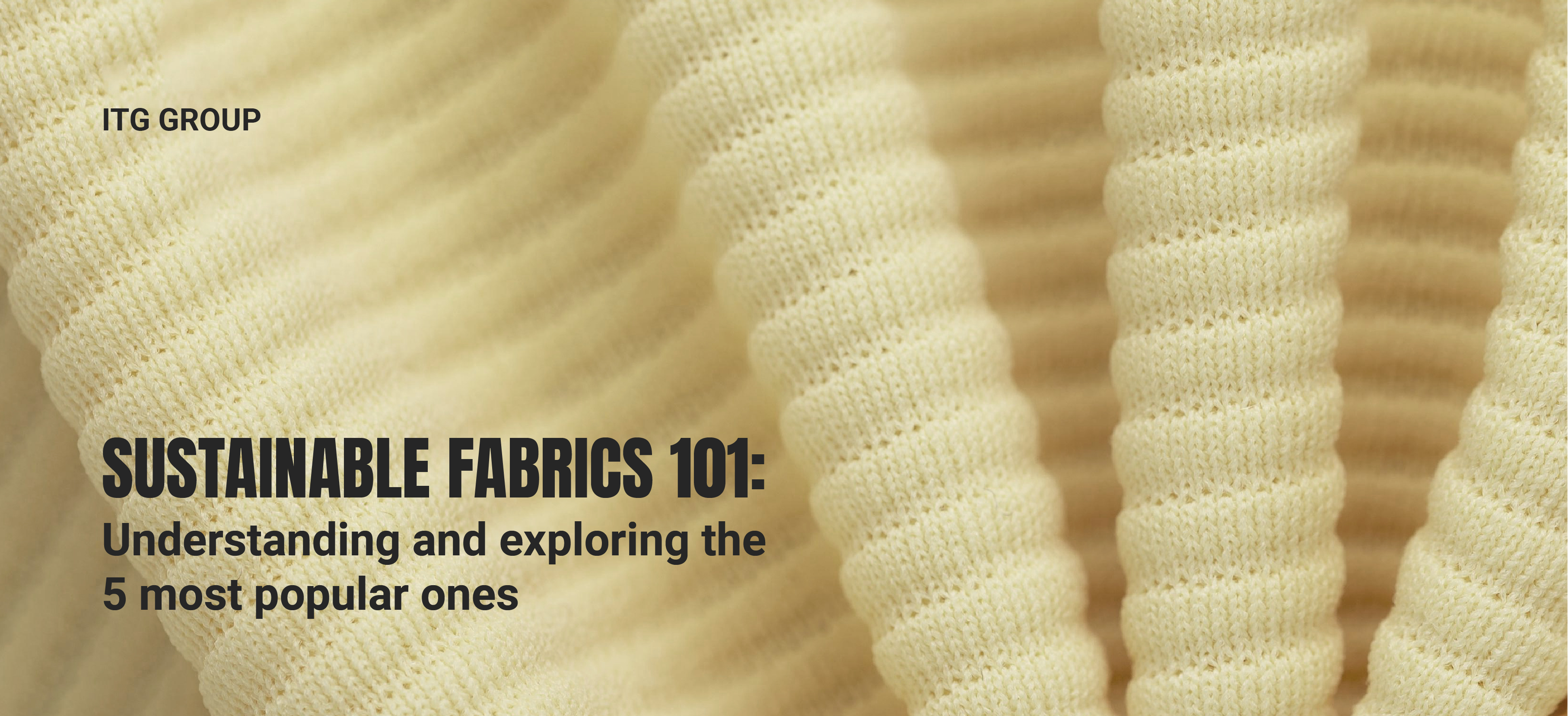- Textile industry
- Aug 13, 2025
- 0
What is traceability in the textile industry and why is it so important?
Textile traceability refers to the ability to track the journey of a garment or other product from its origin—the raw material—to its final destination: the consumer or recycling. This system documents each stage of the production process (such as spinning, weaving, dyeing, finishing, and distribution), allowing us to know how, when, and where it was manufactured, with what materials, and under what conditions.
The importance of traceability
Transparency and trust
In an era where consumers demand to know the origins and impact of what they buy, traceability offers security and credibility. When a brand can demonstrate that its products respect labor rights and environmental criteria, it generates trust and loyalty.
Social and environmental responsibility
Traceability ensures that good practices are followed throughout the chain, preventing labor exploitation and minimizing pollution. It also facilitates recycling, as knowing the materials used is essential for separating and reusing garments correctly.
Quality and safety
An effective system allows for the rapid detection and isolation of faults, such as dyeing defects or composition problems, improving quality control. It also helps to comply with strict regulations, such as REACH in the European Union.
Operational efficiency
Recording each batch and movement reduces errors, delays fewer processes, and optimizes the supply chain.
Steps to implement traceability in textiles
- Product or batch identification: assign unique codes such as RFID or QR codes from raw material to final product
- Process recording: document each stage of the process (dyeing, cutting, manufacturing), including date, location, and operator data.
- Use of technology: integrate blockchain for immutable records, IoT and RFID for real-time monitoring, and ERP software to consolidate data.
- Information exchange: ensure compatibility between systems to share data between suppliers, manufacturers, and distributors.
Faced with social, regulatory, and commercial pressure, large groups such as Kering, H&M, and LVMH have already implemented tools such as the blockchain-based AURA platform to track their products. Initiatives such as Fashion Revolution promote transparency in manufacturing, while campaigns such as Clean Clothes push for fair working conditions. Certifications (e.g., GOTS or Global Recycled Standard) have also gained relevance by supporting brands real commitment.
Traceability in the textile industry is much more than a documentary exercise: it represents transparency, environmental responsibility, safety, and efficiency. To become the norm, the use of technologies such as blockchain, IoT, RFID, and integrated management platforms, together with global standards and consumer pressure, is essential. Only then will truly ethical and sustainable fashion be achieved.
ITG Group recognizes that the products generated by its customers are distinguished by their quality, and therefore understands the importance of supporting that value with increasingly transparent processes. Traceability not only allows the origin and conditions under which a textile was produced to be demonstrated, but also strengthens confidence in its excellence. That is why ITG Group accompanies its customers on the path toward a more traceable, transparent industry that is prepared for the demands of todays consumers. We are your business partner in the textile industry.
Information obtained from:
https://www.vogue.mx/moda/articulo/trazabilidad-textil-que-es-y-como-funciona
- Textile industry
- Jul 04, 2025
- 0
How do international treaties affect the textile trade?
The international textile trade is one of the most dynamic in the world and is deeply influenced by multilateral and bilateral agreements that define the rules of the game between countries.
Free trade agreements (FTAs), customs unions, and other regulatory frameworks not only affect tariffs but also technical standards, origin requirements, and sustainability policies. For companies in the sector, understanding these agreements is key to competing efficiently and expanding markets.
1. Reduction of tariffs and logistics costs
One of the most obvious impacts of the treaties is the reduction or elimination of tariffs on the import and export of textile products. This allows manufacturers to access cheaper raw materials and place their products in new markets with greater competitiveness. For example, countries such as Mexico, through the USMCA, have achieved significant tariff advantages in trade with the US and Canada.
2. Rules of origin: opportunities and restrictions
Treaties often include rules of origin that determine when a product qualifies for the benefits of the agreement. In the case of textiles, this may include the type of yarn, the country where the dyeing or manufacturing takes place. These rules are decisive for accessing tariff preferences, but they can also limit operations when raw materials come from third countries outside the treaty.
3. Access to new markets
Treaties also open up opportunities for geographical expansion for manufacturers and distributors. Textile companies that were previously restricted to their local markets can now export products under more favorable conditions. This has been key to the growth of many textile SMEs in Latin America, Southeast Asia, and Africa.
4. Technical standards and sustainability
In addition to trade, many modern treaties include clauses on sustainability, working conditions, and technical standards. This means that companies must adapt their processes to specific regulations if they wish to operate under these agreements. Although this may involve an initial investment, it also represents an opportunity for modernization and differentiation.
5. Protection against anti-dumping measures and non-tariff barriers
Treaties also offer dispute resolution mechanisms and protection against unfair trade barriers, such as dumping practices or restrictive quotas. This provides greater legal certainty for exporters and allows for long-term planning without regulatory surprises.
In conclusion, international treaties are not just a legal framework: they are strategic tools that can impulse or slow down the development of the textile sector, depending on how they are understood and used. For companies such as ITG Group, being aware of current agreements and their implications is part of the commitment to offer competitive, accessible solutions adapted to each market.
- Textile industry
- Jun 16, 2025
- 0
Ahead of the Curve: PUMA’s Sustainability Win
In a significant move for the global apparel industry, German sportswear brand PUMA has surpassed its 2025 goal of sourcing 90% of its products from more sustainable materials—an achievement reached a full year ahead of schedule. By the end of 2024, 9 out of 10 PUMA products, including apparel, footwear, and accessories, were made using materials such as recycled polyester and cotton sourced through the Better Cotton Initiative (BCI).
This milestone is part of PUMA’s broader Forever Better sustainability strategy, which prioritizes environmental responsibility and ethical practices across its value chain. While the shift to eco-materials is a major achievement, it’s only one part of the brand’s ambitious commitment to sustainability.
In parallel with its environmental goals, PUMA has also made strides in strengthening human rights and fair labor practices. The company has increased its engagement with suppliers to improve working conditions, supported efforts to ensure freedom of association, and worked to increase wages in key sourcing regions. According to PUMA, the company has been actively collaborating with factories to assess and improve wage structures, with the goal of going beyond minimum wage compliance and helping employees move toward living wages.
This twofold commitment—to the planet and to the people who make the products—demonstrates a holistic approach to sustainability. It’s not only about what materials go into a product, but also about how and by whom those products are made. PUMA’s success serves as a clear example of what can be accomplished when companies set ambitious goals and back them with meaningful action and strong partnerships across the supply chain.
The achievement is also a powerful reminder of the impact that supplier relationships can have. PUMA’s ability to surpass its sustainability targets is deeply connected to its work with sourcing partners who share the brand’s values and long-term vision.
At ITG Group, we are inspired by milestones like these. We remain committed to our own goals—and those of our clients—to build strong, forward-thinking companies that lead in the textile industry. Part of that mission includes keeping our community informed with the most relevant news, insights, and innovations shaping the future of fashion and textiles.
Information obtained from:
- Textile industry
- Jan 22, 2025
- 0
Sustainable Fabrics 101: Understanding and Exploring the 5 Most Popular Ones
The textile industry is embracing sustainability as consumers and businesses alike recognize the environmental toll of traditional fabrics. With growing interest in eco-friendly materials, certain sustainable fabrics have gained prominence for their ability to minimize waste, reduce carbon emissions, and promote circularity. This article explores five of the most popular sustainable fabrics and their impact on the future of fashion and textiles.
1. Organic Cotton
Organic cotton has become a staple in sustainable fashion due to its reduced environmental footprint compared to conventional cotton. Grown without synthetic pesticides or fertilizers and using less water, organic cotton preserves soil health and protects ecosystems. Additionally, it reduces exposure to harmful chemicals for both farmers and consumers. This fabric is versatile, soft, and ideal for a wide range of products, from clothing to home textiles.
2. Hemp
Hemp is a highly sustainable fiber known for its resilience and minimal environmental impact. It grows quickly, requires little water, and thrives without chemical fertilizers or pesticides. Its durability and natural antibacterial properties make it a preferred choice for apparel and accessories. Additionally, hemp absorbs more carbon dioxide during growth than many other crops, contributing to its eco-friendly reputation.
3. Bamboo
Bamboo is celebrated for its rapid growth and ability to thrive without excessive resources. While raw bamboo is inherently sustainable, the processing methods for creating bamboo fabric can vary in eco-friendliness. Opting for bamboo fabrics produced through closed-loop processes ensures a lower environmental impact. Bamboo textiles are lightweight, breathable, and biodegradable, making them a versatile and sustainable option.
4. Recycled Polyester
Recycled polyester is a synthetic fiber made from post-consumer plastics, such as water bottles, offering a second life to materials that would otherwise end up in landfills or oceans. While it’s not biodegradable, recycled polyester significantly reduces the need for virgin polyester and cuts greenhouse gas emissions during production. It’s a durable, moisture-wicking fabric commonly used in activewear and outerwear.
5. Tencel (Lyocell)
Tencel, a brand name for lyocell, is derived from sustainably sourced wood pulp, primarily from eucalyptus trees. Produced through a closed-loop process, Tencel recycles water and solvents, ensuring minimal waste. Known for its softness, breathability, and versatility, it is used in everything from casual wear to luxurious bedding. Tencel’s biodegradable properties further enhance its appeal as a sustainable fabric.
The shift toward sustainable fabrics is driven by the fashion and textile industry’s need to reduce its environmental impact. Traditional textile production depletes resources, emits greenhouse gases, and contributes to water pollution. By prioritizing sustainable fabrics, manufacturers and consumers can promote a more eco-friendly industry, support ethical practices, and mitigate climate change.
As technology advances and demand grows, the accessibility and variety of sustainable fabrics will expand. Innovation in recycling technologies and the exploration of alternative natural fibers are paving the way for more sustainable options. Collaboration between brands, suppliers, and consumers will be critical in driving adoption and making sustainable textiles the standard rather than the exception.

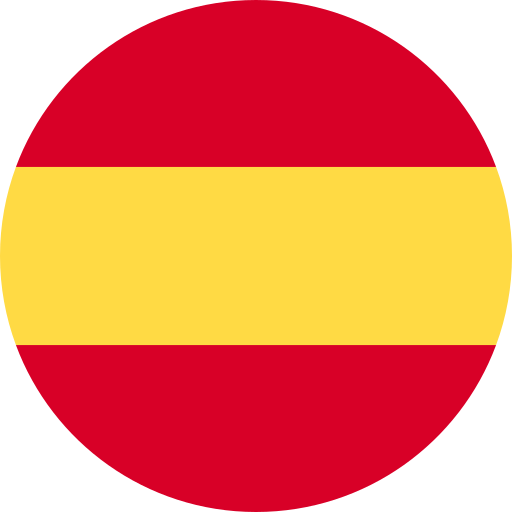 Spanish
Spanish
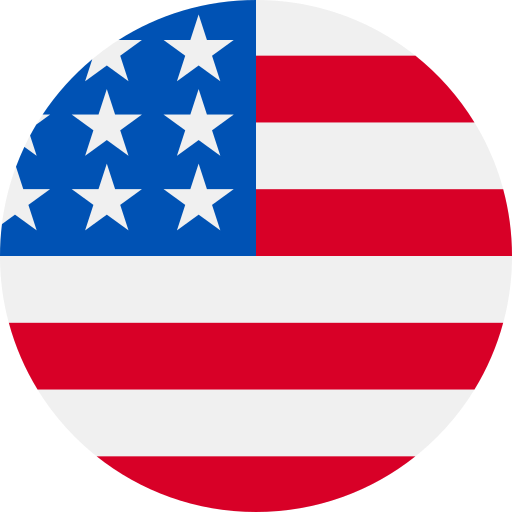 English
English
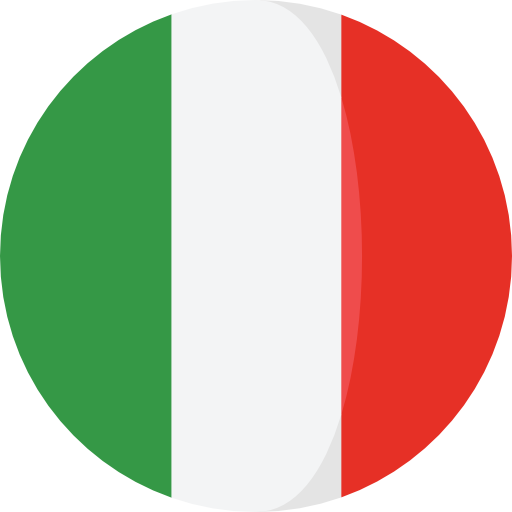 Italian
Italian
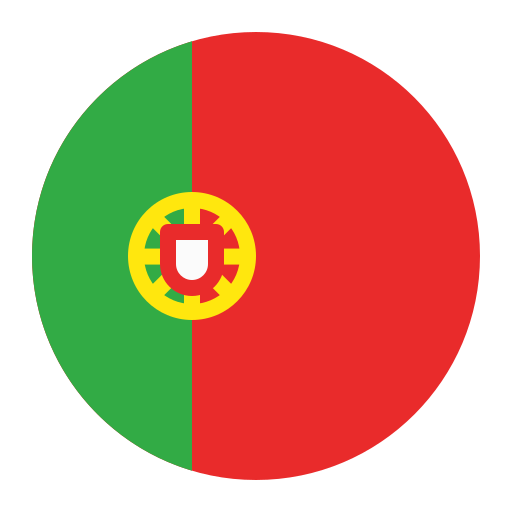 Portuguese
Portuguese
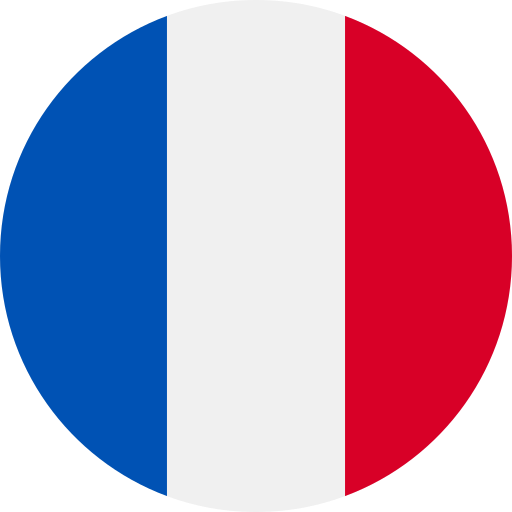 French
French

